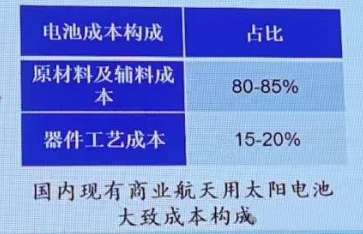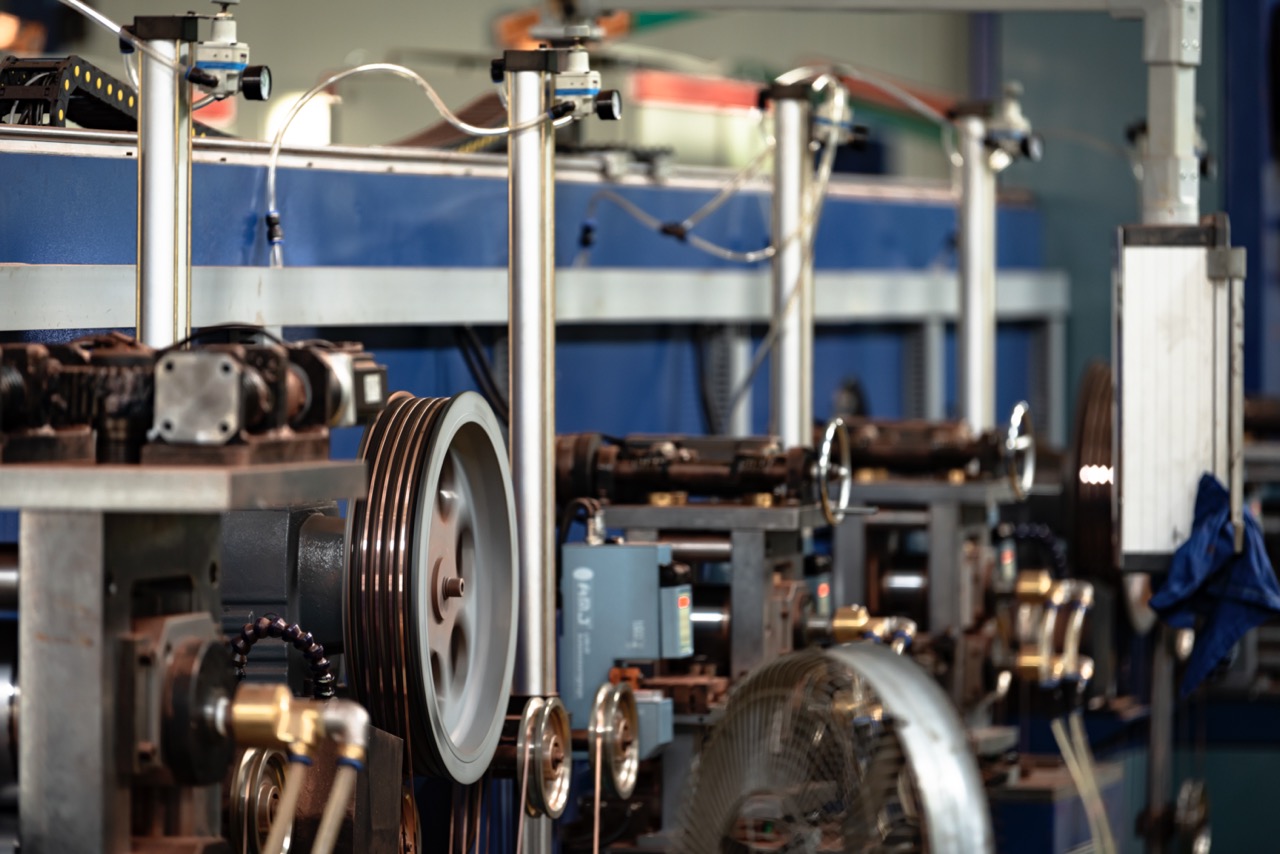The application of perovskite composite tandem solar cells in the commercial aerospace field is advancing rapidly.
Background and Current Situation
- Commercial aerospace demand for solar cells:
- The increasing energy demand of spacecraft has driven the requirement for higher photoelectric conversion efficiency.
- Currently, it mainly relies on gallium arsenide batteries, but their high cost limits the potential for low-cost development of commercial spaceflight.
- The international market has begun to adopt a new generation of low-cost silicon-based space solar cells, but efficiency and adaptability still need to be improved.
- Limitations of traditional solar cells:
- High cost: The raw materials and manufacturing costs of GaAs batteries in particular are expensive.
- Insufficient adaptability to space environment: It is difficult to meet the requirements of radiation resistance and anti-anti-oxygen.

Advantages of perovskite composite tandem solar cells
- High photoelectric conversion efficiency:Perovskite materials have excellent photoelectric properties and can achieve high-efficiency photoelectric conversion.
- low cost: The raw materials are cheap, the preparation process is simple, and it is suitable for large-scale production.
- Space self-repair capability:The material exhibits self-repair properties in extreme environments, extending its service life.
- Lightweight and modular: Compared with traditional materials, it is light and can adapt to various satellite design requirements.
Technical Challenges
- Photoelectric conversion efficiency and stability: It is necessary to improve the stability of perovskite materials in long-term high-radiation environments.
- Material durability: Ensure it can withstand temperature cycling and radiation damage.
- Process and cost control:Optimize the production process and realize efficient and low-cost production model.
- System integration and testing:Develop highly reliable solar arrays and power supply systems to meet diverse mission requirements.
Prospects and significance
- Economic significance:
- Reduce the manufacturing cost of commercial aerospace solar cells and promote the rapid development of commercial aerospace and space information industries.
- Improve our country's market competitiveness in the field of global commercial spacecraft power technology and seize more market share.
- National defense significance:
- Optimize the manufacturing cost of military spacecraft and help advance space offensive and defensive strategies.
- By supporting more national defense satellite projects through low-cost solar cells, national defense capabilities can be enhanced.
The commercial application of perovskite solar cells will provide innovative solutions for future space energy. With further breakthroughs in manufacturing technology and continuous improvement in space adaptability, it will show great potential in the fields of commercial aerospace and national defense aerospace.
